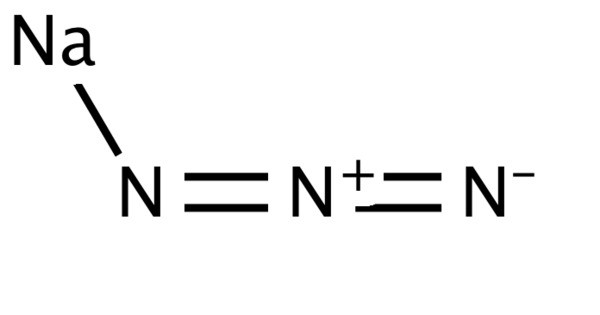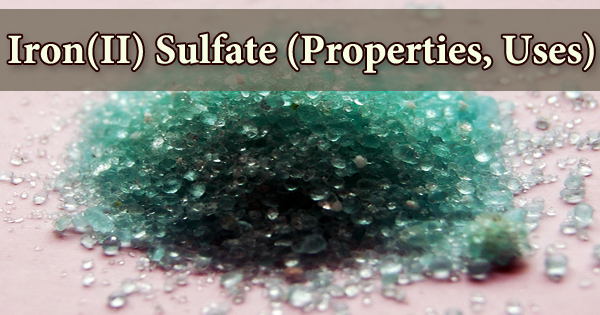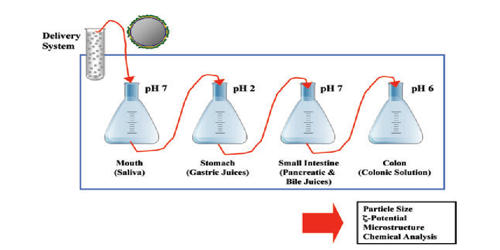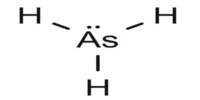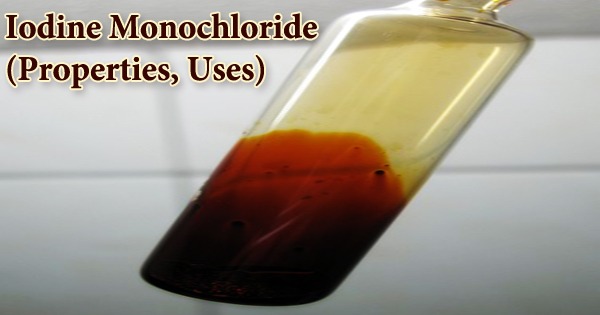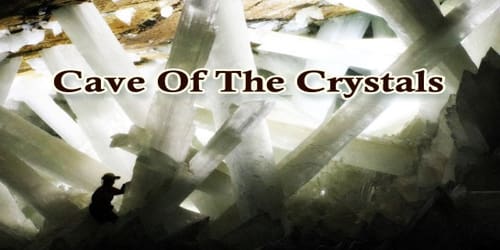Radium azide is an inorganic compound of radium and nitrogen with the chemical formula Ra(N3)2. It is a member of the class of azide compounds, where the azide ion consists of three nitrogen atoms linked in a linear fashion. It would likely be a white or colorless solid, but information on its exact appearance is rare due to the compound’s instability and radioactivity.
Radium is a highly radioactive element, emitting alpha radiation. As such, radium azide would also be radioactive, making it hazardous to handle without proper precautions.
Synthesis
Radium azide can be prepared by dissolving radium carbonate in aqueous hydrazoic acid and evaporating the resulting solution.
Chemical properties
Radium azide is radioactive due to the presence of radium. Radium itself is a radioactive element, emitting alpha particles as it decays into radon and other elements. The compound decomposes when heated to 180–250 °C:
Ra(N3)2 → Ra + 3N2
Properties
Radium azide forms white crystalline solid. As with other azides, radium azide is expected to be sensitive and potentially unstable, especially under conditions of heat or shock. Azides are known to be explosive in certain conditions, and radium azide would likely have similar risks due to its high reactivity.
- Chemical formula: N6Ra
- Molar mass: 310 g·mol−1
- Appearance: white crystalline solid
Uses
Radium and its compounds were once used in a variety of applications, including in luminous paints and certain medical treatments. However, due to radium’s radioactivity and the associated health risks, the use of radium and its compounds has been largely phased out.
Occurrences
Radium azide is not commonly found in nature due to its instability and radioactive nature. It is a synthetic compound that has historically been studied in laboratories, particularly in the early 20th century during the exploration of radium’s chemical properties. Radium itself can be found in trace amounts in certain minerals, such as pitchblende (now known as autunite) and carnotite, but radium azide is not naturally occurring.
Safety Concerns
Handling radium azide (or any compound containing radium) would require strict safety protocols due to the significant health risks posed by radiation exposure, including an increased risk of cancer, radiation burns, and other serious health conditions. The compound would also pose a chemical hazard due to the instability of the azide ion, which can decompose explosively under certain conditions.
